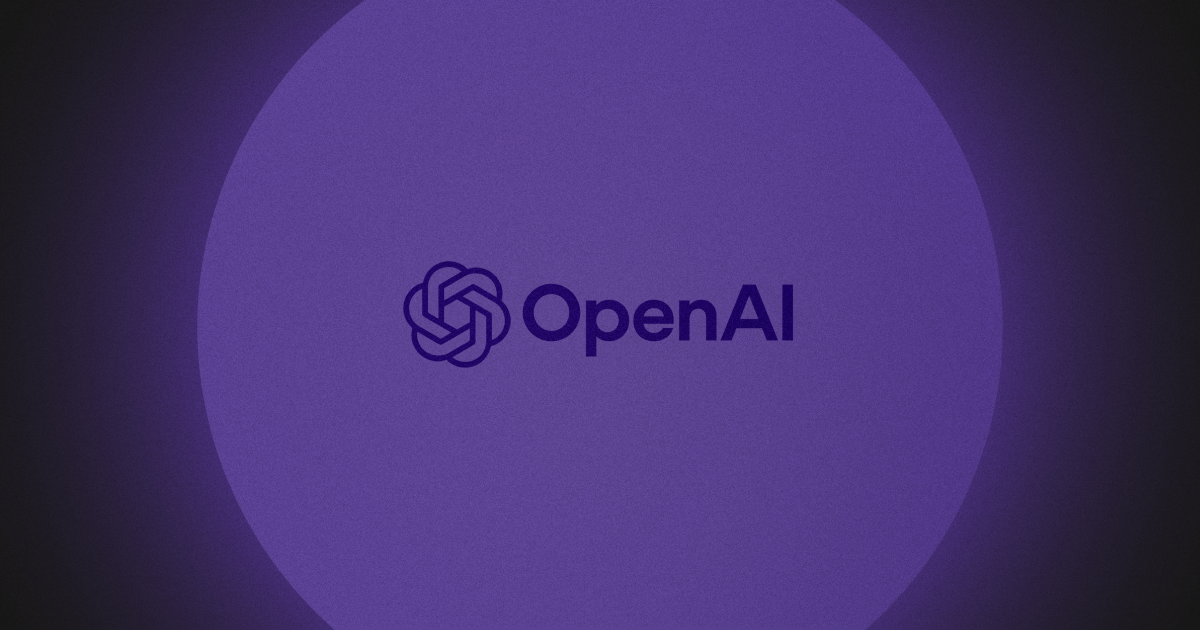June Product Update 2024
This month, we've introduced new features to the Metomic platform for Google Workspace users, including the ability to ingest Google User Groups into your Metomic dashboard.

This month, we've introduced new features to the Metomic platform for Google Workspace users, including the ability to ingest Google User Groups into your Metomic dashboard.
We're also taking the strain off security professionals by empowering the entire workforce to remediate their own risks
Ingest Google User Groups into Metomic
Managing sensitive data across different teams can be a challenging and complex task. We understand the importance of having visibility and control over who has access to what data within your organisation. That’s why we’re excited to introduce our latest feature: Google User Groups.
This new capability allows you to connect your Google Groups to Metomic, enabling you to see which groups have access to various types of sensitive content within your SaaS products and manage these access levels effectively.
Implementing Google User Groups is crucial for ensuring that different departments within an organisation have the appropriate access to sensitive information.
This new feature ensures that sensitive data, like customer credit card information, is only accessible to those who require it for their specific roles, preventing unauthorised access and potential data breaches.
Check out our launch page for more details: https://www.metomic.io/metomic-for-google-ecosystem
-thumb.jpeg)
Authors can now remediate their own risks
Our newest feature enables the entire workforce to remediate their own risks, with customisable actions via Slack notifications. This allows security teams to empower their colleagues, reducing workload and stress for security engineers.
Configure the options you want to present to the author via Metomic workflows, building a Human Firewall to defend the organisation.
Talk to your Customer Success Manager to enable this feature in your dashboard.
Metomic's hot-take
Legacy technology is a significant barrier to health data security, as highlighted by a recent poll reported by Health Tech World. Outdated systems create vulnerabilities, making healthcare organisations prime targets for cyberattacks.
These systems often lack advanced security features needed to protect against modern threats like ransomware and advanced persistent threats (APTs).
Additionally, they are typically incompatible with newer security solutions, complicating the implementation of comprehensive security measures. The cost and complexity of upgrading or replacing legacy systems often lead to a patchwork approach, leaving exploitable gaps.
To overcome these challenges, healthcare organisations must prioritise modernising their IT infrastructure, including their DLP system. Adopting advanced technologies and robust security frameworks enhances security, operational efficiency, and patient care, ensuring resilience against evolving cyber threats.





